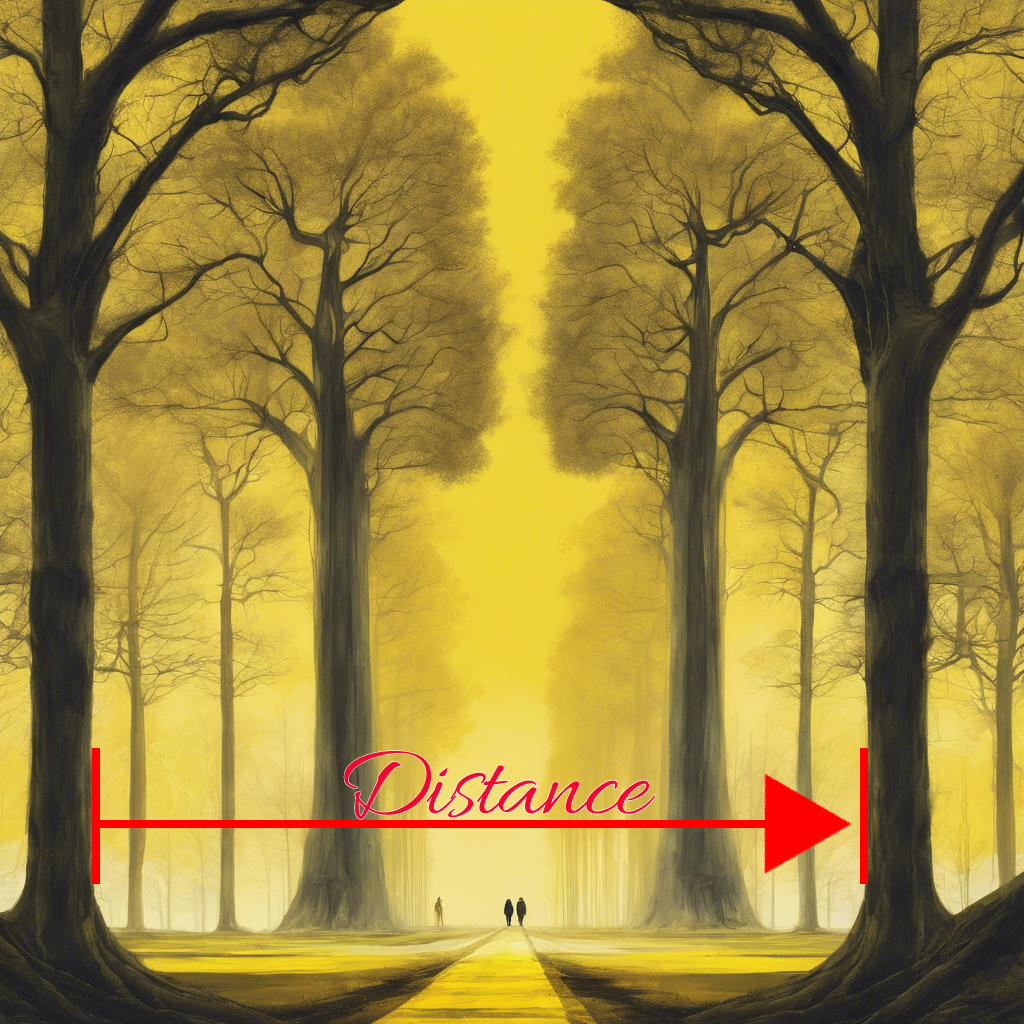What is Distance?
Distance is the total length of the path traveled by an object between two points. It is a scalar quantity, meaning it has magnitude but no direction. Distance measures how much ground an object has covered during its motion.
The Distance Formula
The basic formula for calculating distance, when speed and time are known, is:
Distance = Speed × Time
Where:
- Speed is the rate at which an object is moving.
- Time is the duration for which the object has been moving.
Units of Distance
The units of distance depend on the units used for speed and time. Here are some common units:
- Meters (m): Used when speed is in meters per second (m/s) and time is in seconds.
- Kilometers (km): Used when speed is in kilometers per hour (km/h) and time is in hours.
- Miles: Used when speed is in miles per hour (mph) and time is in hours.
Example Calculations
Example 1: Calculating the Distance Traveled by a Car
Suppose a car is traveling at a speed of 60 kilometers per hour for 2 hours. To find the distance traveled:
Distance = Speed × Time = 60 km/h × 2 hours = 120 km
So, the car travels 120 kilometers.
Example 2: Calculating the Distance Covered by a Runner
If a runner is running at a speed of 5 meters per second for 10 seconds, the distance covered is:
Distance = Speed × Time = 5 m/s × 10 s = 50 m
The runner covers a distance of 50 meters.
Practical Applications of Distance Calculation
Distance calculations are used in various real-world scenarios:
- Navigation: Determining the distance between two locations on a map helps in planning routes.
- Travel Planning: Knowing the distance between destinations aids in estimating travel time and fuel consumption.
- Sports: Athletes measure the distance they cover in training and competitions to track performance.
- Physics and Engineering: Distance is a key variable in equations of motion and structural design.
Common Mistakes and Tips
- Consistent Units: Always ensure that the units of speed and time are compatible when calculating distance.
- Accuracy: Use precise measurements and consider significant figures, especially in scientific and engineering contexts.
- Context: Different contexts may require different units of distance. For example, kilometers for road trips and meters for athletic events.
Calculating distance is straightforward with the basic formula Speed × Time. Understanding how to apply this formula and use the correct units in practical situations are essential skills. Whether you're navigating a route, planning a trip, or solving a physics problem, mastering distance calculation will provide accurate and useful insights.
Stay curious and keep calculating!
Feel free to share your thoughts or any questions in the comments below. Happy measuring!

Comments
Post a Comment
Tell us your thoughts!